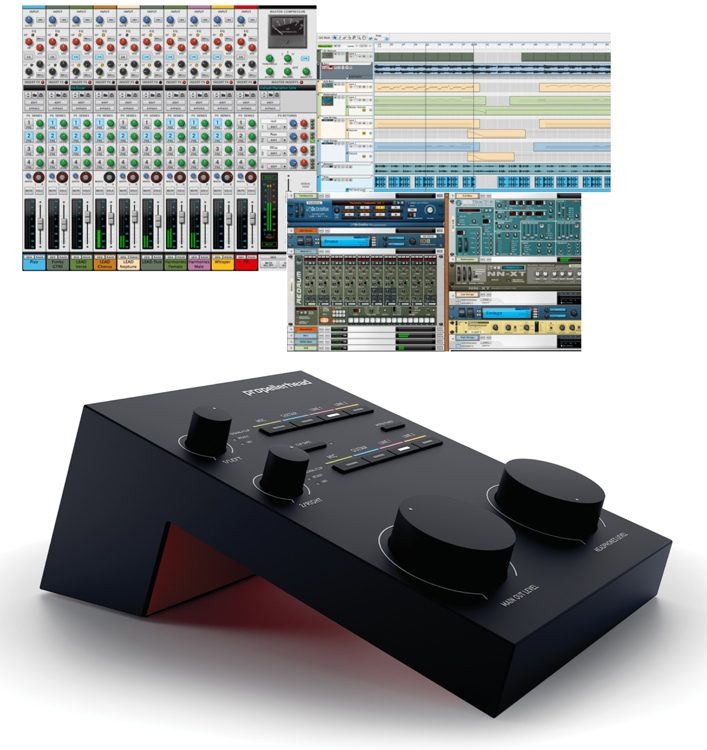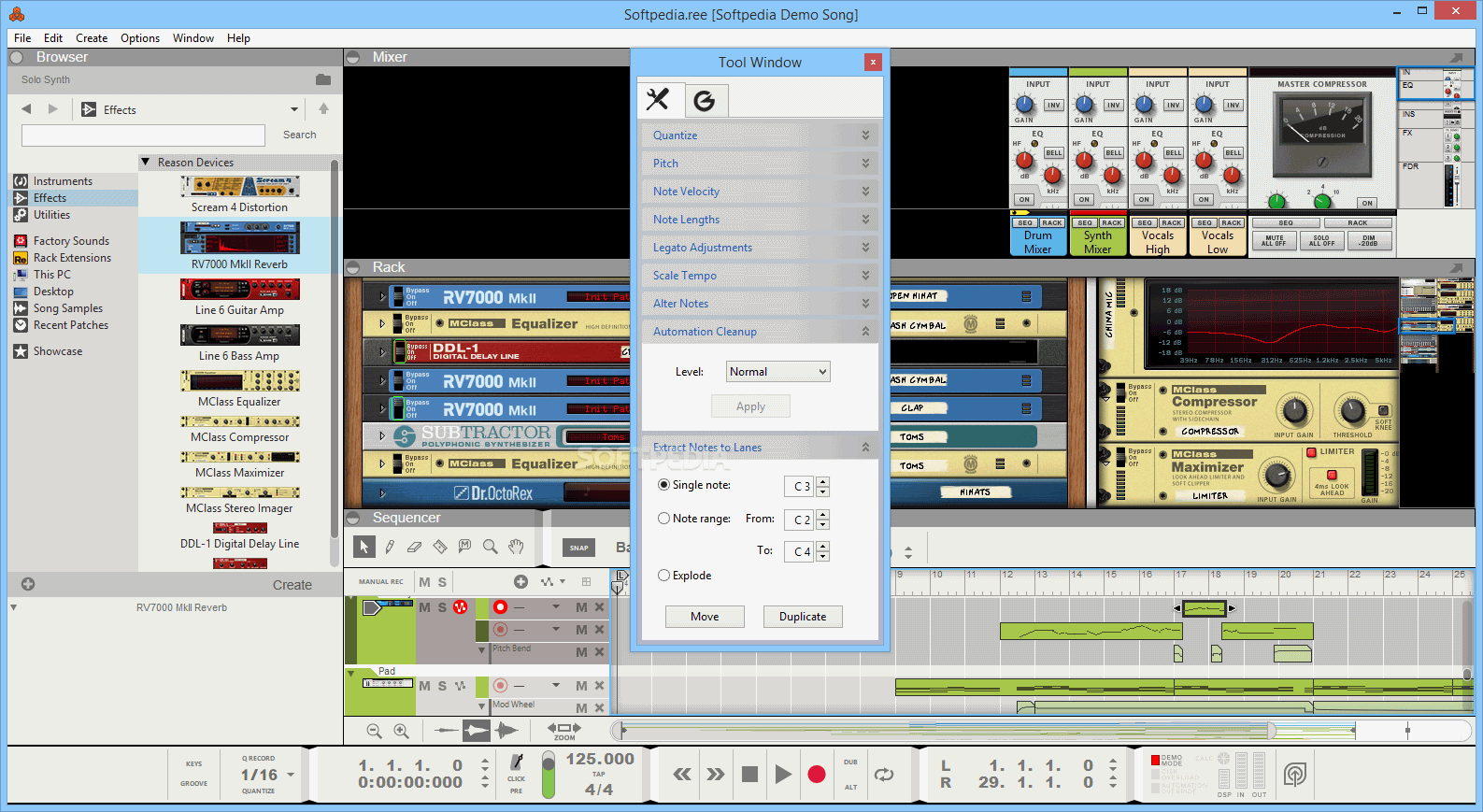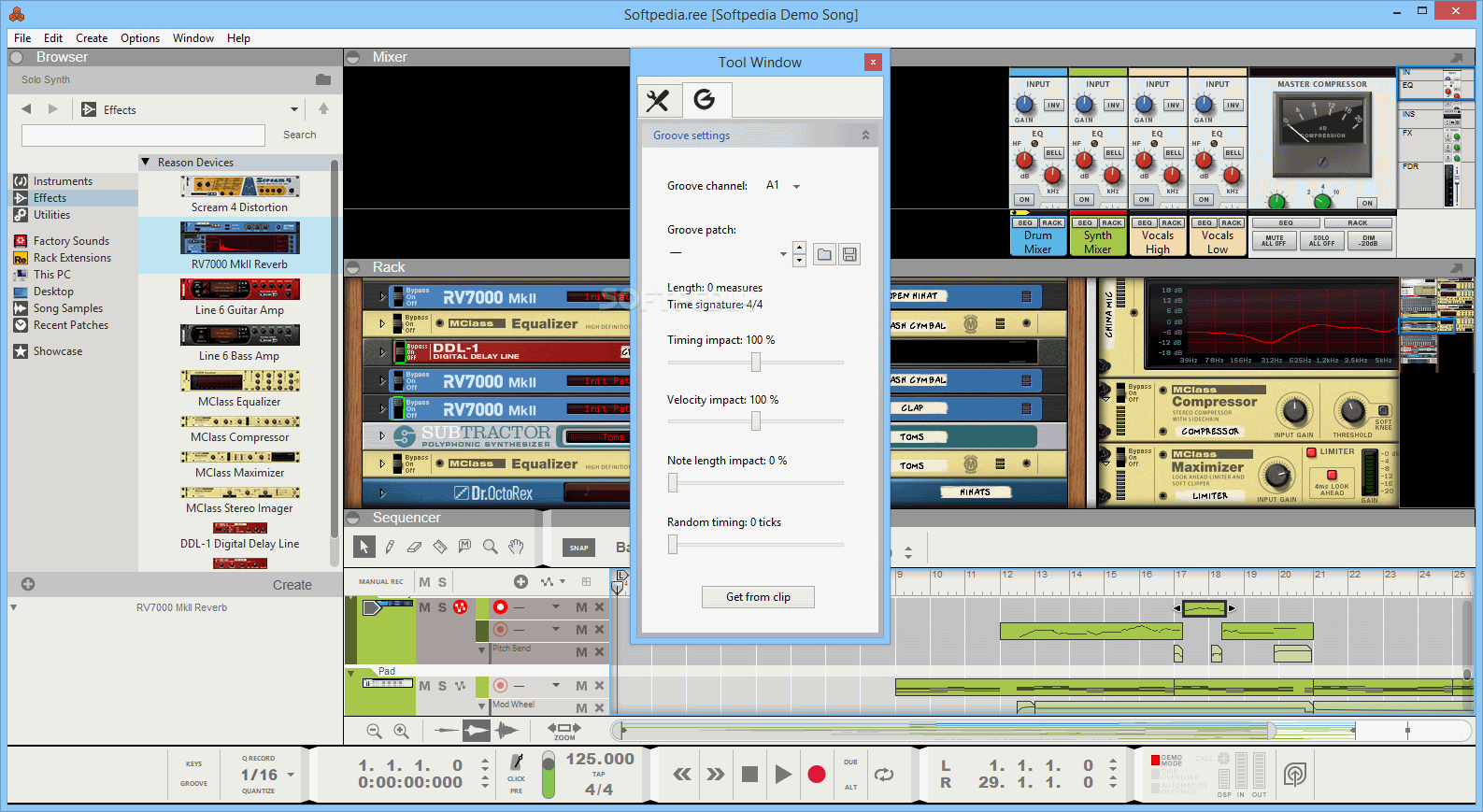Propellerhead Balance Driver Windows 10
- Propellerhead Balance Operation Manual
- Amd Graphics Windows 10
- Music Production With Reason Studios
- Balance Audio Windows
- Reason Studios
- Amd Raid Software Windows 10
Propellerhead has been releasing excellent software for years now and they have finally ventured into the hardware market. Balance is a full-featured USB audio interface and comes bundled with the Reason Essentials package.
So has this transition from the virtual to the physical been a success? I was lucky enough to get one of these sent through and have put it through its paces. Here's what I discovered...
First Impressions
We would like to show you a description here but the site won’t allow us.
As with everything produced by Propellerhead, Balance is very well conceived. Its purpose is clear and the whole concept is very uncluttered, leaving potential users with no question. If you are after an audio interface that works perfectly with Reason 6 then Balance is the clear choice.
Balance is a discontinued product that was EOL'd years ago, so I'm not sure what sort of support you're expecting from Propellerhead. It was made when Windows 7 was still a thing (Windows 8 came out over a year after it was released to market), so the fact that it runs at all on Windows 10 is pretty lucky. Get it here: Retailer of Pro Audio, Pro Video, AV, Lighting Gear and Musical Instruments Propellerhead Balance. I have one on a spare computer. It's somewhat limited but works and sounds great, and the drivers are compatible with Windows 10. Step up to an RME Babyface Pro (similar size and form-factor) and be happy.
The packaging is equally slick and is very compact for a desktop interface. In fact the un-boxing took me back to the last Apple product I unwrapped, certainly not a bad thing considering this is the first piece of hardware the company has shipped.
The packaging is pretty slick
Once out of the box I was presented with a very good looking, almost monolithic piece of kit with very minimal controls and an unusual form factor. There's no question that this will look very nice on the majority of desktops.
The packaging continues to impress
The control layout immediately strikes you as being very well thought out, everything is perfectly logical and I was immediately taken by the oversized volume controls. There is nothing worse than interfaces with fiddly volume controls.
A simple, monolithic slab of audio goodness!
The rest of the surface is populated by clearly labelled buttons to select recording inputs and a few more smaller knobs which take care of recording levels. The whole thing is finished in a rubberized black plastic which gives the whole thing a very nice feel and should keep the fingerprints at bay.
So what about connectivity, how does this thing work and how many instruments can we plug in?
The Ins And Outs Of It...
Balance is a two in, two out USB2 interface. Essentially this means that it is capable of recording two mono audio streams whilst outputting your stereo mix to your monitors simultaneously. Although this isn't hugely impressive in itself, Balance does have a few tricks up its sleeves to make sure it competes with interfaces with more impressive specs.
The way Balance is able to punch above its weight becomes apparent when you view the rear of the unit: it actually sports ten audio connections on its rear panel, plus a USB port. Instruments, record decks and devices can be plugged into any amount of these inputs at any one time.
Balance's many inputs
The input you record is then selected via the buttons on Balance's front panel. This is extremely useful as it not only means you can avoid constant unplugging of instruments but it also negates the need for an external mixer.
Amongst the inputs are two microphone preamps (of very good quality, I might add) and both of these feature 48V phantom power. This is ideal for setting up stereo microphone arrays and capturing an ideal room, for example.
Let's face it: in many home studio situations we only ever record one instrument at a time anyway, so this system can work very well indeed. If you are using guitars, vocals, bass, etc. you can actually record one microphone and one instrument at the same time. So in the end you shouldn't find this set up too limiting.

Perfect Integration

One area where Balance really scores points is the way it integrates with Reason itself. You wont find any complicated control panels or accompanying software here. Balance simply installs by being plugged in (on an OS X-based system) or with a simple driver installation (on Windows systems).
Although the Balance system works best with Reason, it is a class compliant interface meaning it will work with every audio application on your system. I tested it with Logic, Cubase and Ableton Live and it ran without a hitch.
When using Balance with Reason you get quick and direct access to all the ins and outs as you would expect but you also get access to a few extra features. A multi-purpose display panel can be called up from the interface's front panel which performs a few very useful tasks.
The main section of the panel gives you a giant input level meter, perfect for recording sessions. A quick glance gives you a great idea of your current recording level. If you do manage to go over you can engage 'clip safe', a system which enables a sort of soft limiter to ensure your recordings are useable.
The oversized level meter and guitar tuner
This large meter can also double up as a very good guitar tuner. This is all really great stuff, just a shame it's only accessible when using Balance from within Reason itself.
In The Balance
All in all Balance is an extremely attractive interface with all the right buttons in all the right places. Both its output and recordings sounded excellent to my ear (using Dynaudio and Genelec speakers in a treated room) and the design is very cool.
You also get a copy of Reason Essentials bundled with the interface which is basically a stripped down version of Reason 6 and gives you everything you need to get going. You will also get a special offer upgrade to the full version if you want it. As one of the Props wisely said: 'Reason Essentials is everything you need, Reason 6 is everything you want.'
The Reason Essentials package
The whole package is thoughtfully put together and should cater to a wide range of musicians. And, the fact that Balance works with just about any piece of audio software out there is a definite plus.
If I had to pick faults here I would say that the lack of metering on the unit is a bit of a disappointment and although you can monitor your inputs directly, a mix knob would have been nice. Other units at this price point do have these features.
That aside I have to say this is an excellent product and the fact it is the Props' first piece of hardware is very impressive to say the least. They seem to have struck a nice '˜balance' between form and function (Sorry I couldn't help myself!).
Find out more about Balance here.
Related Videos
Propellerhead has been releasing excellent software for years now and they have finally ventured into the hardware market. Balance is a full-featured USB audio interface and comes bundled with the Reason Essentials package.
So has this transition from the virtual to the physical been a success? I was lucky enough to get one of these sent through and have put it through its paces. Here's what I discovered...
First Impressions
As with everything produced by Propellerhead, Balance is very well conceived. Its purpose is clear and the whole concept is very uncluttered, leaving potential users with no question. If you are after an audio interface that works perfectly with Reason 6 then Balance is the clear choice.
The packaging is equally slick and is very compact for a desktop interface. In fact the un-boxing took me back to the last Apple product I unwrapped, certainly not a bad thing considering this is the first piece of hardware the company has shipped.
The packaging is pretty slick
Once out of the box I was presented with a very good looking, almost monolithic piece of kit with very minimal controls and an unusual form factor. There's no question that this will look very nice on the majority of desktops.
The packaging continues to impress
Propellerhead Balance Operation Manual
The control layout immediately strikes you as being very well thought out, everything is perfectly logical and I was immediately taken by the oversized volume controls. There is nothing worse than interfaces with fiddly volume controls.
A simple, monolithic slab of audio goodness!
The rest of the surface is populated by clearly labelled buttons to select recording inputs and a few more smaller knobs which take care of recording levels. The whole thing is finished in a rubberized black plastic which gives the whole thing a very nice feel and should keep the fingerprints at bay.
So what about connectivity, how does this thing work and how many instruments can we plug in?
The Ins And Outs Of It...
Balance is a two in, two out USB2 interface. Essentially this means that it is capable of recording two mono audio streams whilst outputting your stereo mix to your monitors simultaneously. Although this isn't hugely impressive in itself, Balance does have a few tricks up its sleeves to make sure it competes with interfaces with more impressive specs.
Amd Graphics Windows 10
The way Balance is able to punch above its weight becomes apparent when you view the rear of the unit: it actually sports ten audio connections on its rear panel, plus a USB port. Instruments, record decks and devices can be plugged into any amount of these inputs at any one time.
Balance's many inputs
The input you record is then selected via the buttons on Balance's front panel. This is extremely useful as it not only means you can avoid constant unplugging of instruments but it also negates the need for an external mixer.
Music Production With Reason Studios
Amongst the inputs are two microphone preamps (of very good quality, I might add) and both of these feature 48V phantom power. This is ideal for setting up stereo microphone arrays and capturing an ideal room, for example.
Let's face it: in many home studio situations we only ever record one instrument at a time anyway, so this system can work very well indeed. If you are using guitars, vocals, bass, etc. you can actually record one microphone and one instrument at the same time. So in the end you shouldn't find this set up too limiting.
Perfect Integration
One area where Balance really scores points is the way it integrates with Reason itself. You wont find any complicated control panels or accompanying software here. Balance simply installs by being plugged in (on an OS X-based system) or with a simple driver installation (on Windows systems).
Although the Balance system works best with Reason, it is a class compliant interface meaning it will work with every audio application on your system. I tested it with Logic, Cubase and Ableton Live and it ran without a hitch.
When using Balance with Reason you get quick and direct access to all the ins and outs as you would expect but you also get access to a few extra features. A multi-purpose display panel can be called up from the interface's front panel which performs a few very useful tasks.
The main section of the panel gives you a giant input level meter, perfect for recording sessions. A quick glance gives you a great idea of your current recording level. If you do manage to go over you can engage 'clip safe', a system which enables a sort of soft limiter to ensure your recordings are useable.
The oversized level meter and guitar tuner

This large meter can also double up as a very good guitar tuner. This is all really great stuff, just a shame it's only accessible when using Balance from within Reason itself.
In The Balance
All in all Balance is an extremely attractive interface with all the right buttons in all the right places. Both its output and recordings sounded excellent to my ear (using Dynaudio and Genelec speakers in a treated room) and the design is very cool.
You also get a copy of Reason Essentials bundled with the interface which is basically a stripped down version of Reason 6 and gives you everything you need to get going. You will also get a special offer upgrade to the full version if you want it. As one of the Props wisely said: 'Reason Essentials is everything you need, Reason 6 is everything you want.'
Balance Audio Windows

The Reason Essentials package
The whole package is thoughtfully put together and should cater to a wide range of musicians. And, the fact that Balance works with just about any piece of audio software out there is a definite plus.
Reason Studios

If I had to pick faults here I would say that the lack of metering on the unit is a bit of a disappointment and although you can monitor your inputs directly, a mix knob would have been nice. Other units at this price point do have these features.
That aside I have to say this is an excellent product and the fact it is the Props' first piece of hardware is very impressive to say the least. They seem to have struck a nice '˜balance' between form and function (Sorry I couldn't help myself!).
Amd Raid Software Windows 10
Find out more about Balance here.